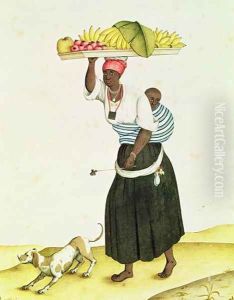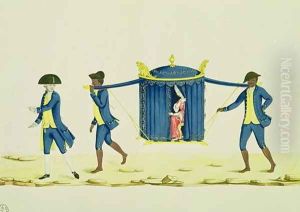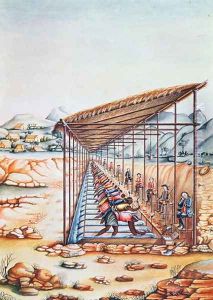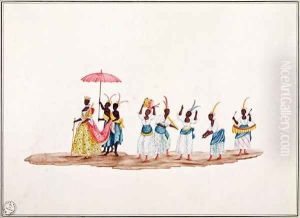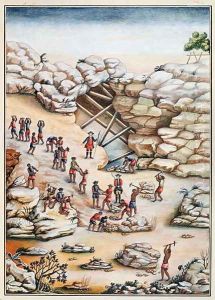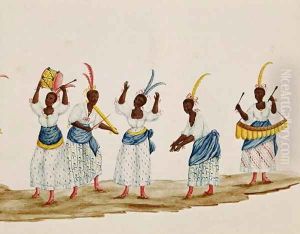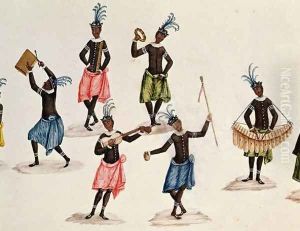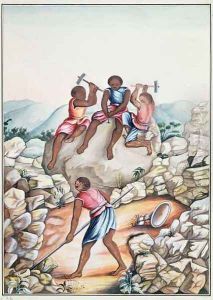Carlos Juliao Paintings
Carlos Julião, also known as Carlo Giuliano, was an 18th-century Portuguese military engineer, artist, and architect known for his ethnographic works and depictions of colonial life in Brazil. Born around 1740, Julião's early life details are not extensively documented. However, it is known that he was active as an artist and military engineer during the latter half of the 18th century, a period that saw significant European colonial activity in South America.
Julião is particularly noted for his series of watercolor illustrations that provide a vivid account of the social customs, types of inhabitants, and various ethnic groups living in Brazil during the colonial era. His works are valuable for their ethnographic significance and for providing a visual documentation of the attire and activities of different social classes, including indigenous people, African slaves, and European colonists.
His most famous collection of drawings, 'Riscos iluminados de figurinos de brancos e negros dos uzos do Rio de Janeiro e Serro do Frio,' often translated as 'Illuminated Designs of Costumes of Whites and Blacks of the Customs of Rio de Janeiro and Serro do Frio,' was created during the period when he was in Brazil. These drawings give us a glimpse into the everyday life and hierarchical structure of Brazilian society at the time.
Despite the importance of his artistic work, much of Julião's life remains shrouded in mystery, including his training as an artist and the exact circumstances of his time in Brazil. After his stint in South America, he returned to Portugal, where he continued his service as a military engineer until his death in 1811.
Although not as widely recognized as other colonial artists, Carlos Julião's artworks are critical resources for understanding the cultural and social dynamics of colonial Brazil. They are often studied for their artistic merit as well as their anthropological and historical content. His illustrations provide historians and art historians with a lens into the past, allowing a richer understanding of the complex intersections of race, class, and culture in the Portuguese colonial empire. Julião's contributions have been reassessed and appreciated more in recent years, as scholars continue to delve into the nuances of his work and the context in which they were created.
